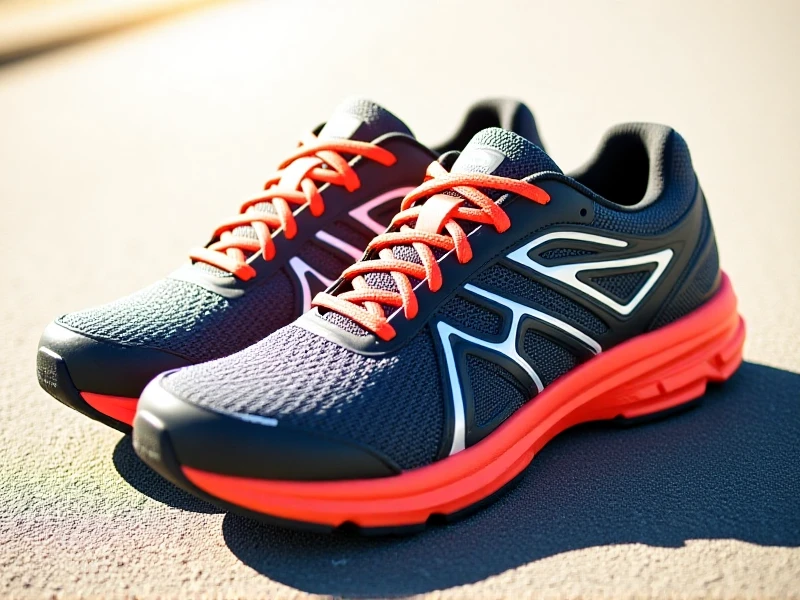
The Ultimate Guide to Finding Your Perfect Pair of Running Shoes
Picking the right pair of running shoes isn't just about colour or brand loyalty; it's fundamental to your performance, comfort, and injury prevention. With countless models flooding the market, making a choice can feel overwhelming. This guide breaks down the essentials to help you find your ideal match.
Your primary focus should be understanding your feet and running style. Are you a neutral runner, an overpronator, or an underpronator (supinator)? Knowing your gait cycle dictates the level of stability or motion control you need. Visit a reputable running shoes retailer for a gait analysis – it's often free and provides invaluable insight for choosing between neutral, stability, or motion control models.
Next, consider where you run. Surface matters significantly:
- Road Running Shoes: Designed for pavement and sidewalks, they prioritize cushioning, lightness, and responsiveness to absorb impact on hard surfaces.
- Trail Running Shoes: Built for off-road adventures, they feature aggressive lugs for superior traction on mud, rocks, and roots, plus enhanced durability, protection (rock plates), and often a waterproof or water-resistant upper.
- Cross-Training Shoes: Offer versatility for gym workouts or mixed training but lack the specialized features for optimal, dedicated running performance compared to true running shoes aimed at distance or racing.
Fit is paramount! Running shoes should feel snug but not tight from the moment you try them on, with about a thumb's width of space between your longest toe and the shoe’s end. Width matters too – ensure the shoe accommodates the natural splay of your foot when impacting the ground. Never buy shoes expecting them to "break in" significantly; minor adjustments are normal, major discomfort is a red flag. Remember to try shoes on with the socks you typically run in.
Understanding midsole technology is crucial. Most modern running shoes use EVA foam or advanced compounds like polyurethane blends, TPU, or Pebax, offering varying degrees of cushioning, energy return (reactivity), and durability. Heel-to-toe drop (the height difference between heel and forefoot) affects your stride mechanics; a common range is 6-10mm, but lower drops suit forefoot strikers, often providing a more 'grounded' sensation.
Finally, factor in mileage and feel. Heavier runners or those logging high miles often need more robust cushioning and durability. Pay attention to how the shoe feels during a test jog – prioritize comfort and a natural stride above hype or aesthetics. Replacing running shoes every 300-500 miles is typically recommended, as midsole foam degrades over time, losing its protective properties.
Investing time in finding the right running shoes tailored to your feet and running goals pays dividends in comfort, injury prevention, and ultimately, enjoying every stride more. Ready to step up your running game? Explore our selection built for performance and purpose.